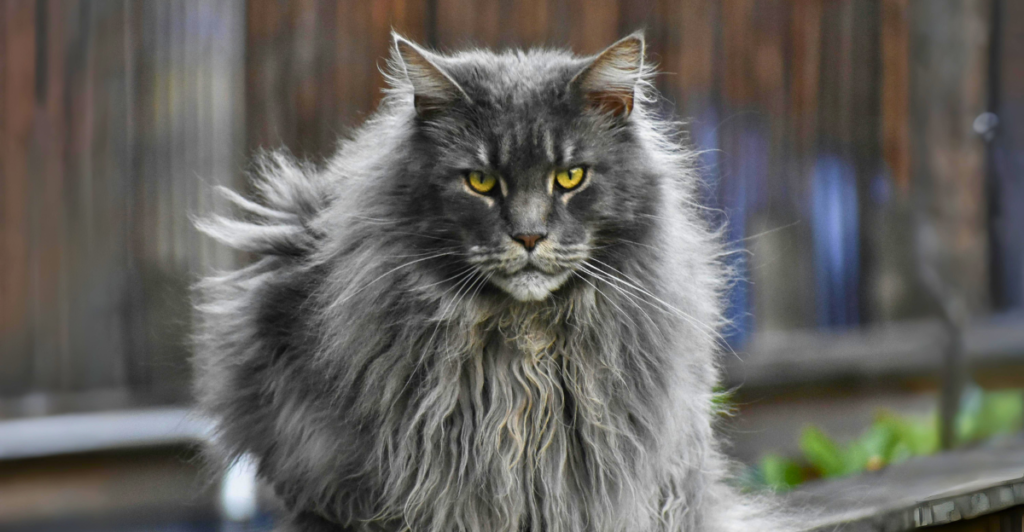
Throughout history, cats have been a source of fascination for humans, weaving their lives into ours in tales of friendship, mystery, and wonder. These enigmatic creatures have been worshiped as deities, celebrated in folklore, and even enlisted as protectors of food stores. From among the hundreds of breeds that emerged through millennia, there are a few that have survived through the centuries, illustrating remarkable resilience and determination.
These breeds not only offer a living connection to our shared heritage but also represent a living testament to the unbreakable bond between humans and cats. Here, we discuss eight such ancient cat breeds that still make our homes and lives beautiful today.
The Survival of Ancient Cat Breeds
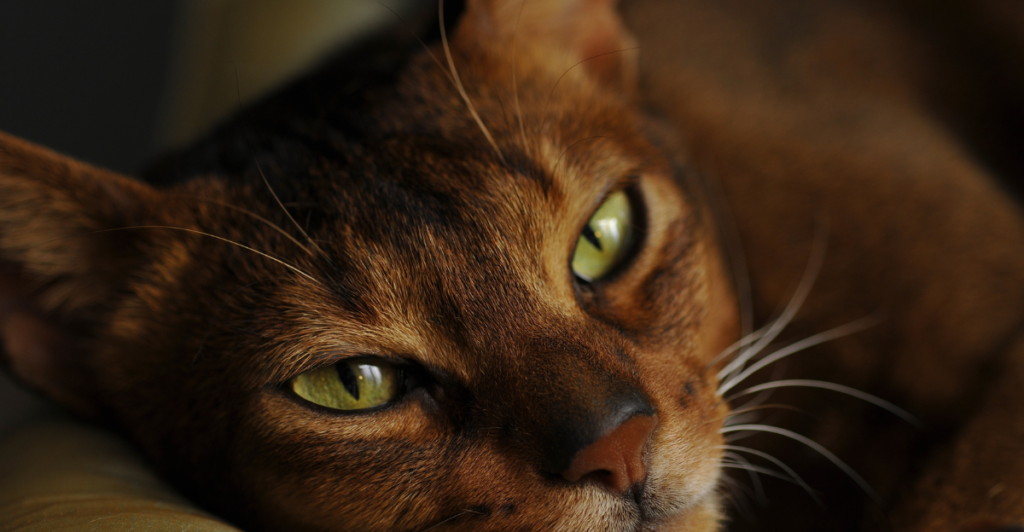
Ancient cat breeds managed to survive centuries due to a mix of natural selection, human intervention, and their native self-adjustments. In comparison to most modern-day breeds, whose existence is made possible by planned breeding programs, these ancient felines often originated in the wild, developing evolutionary traits that enabled them to survive harsh conditions and even domesticity. Their intelligence, sharp hunting instincts, and ability to form symbiotic relationships with humans allowed them to succeed within our many civilizations.
Many were revered in religious or cultural contexts, granting them protection and ensuring their continued existence. In addition, their genetic variation, tolerance to disease, and ability to survive different climates further ensured their survival. More recently, coordinated breeding and conservation efforts have further shielded these respected ancestries, allowing them to continue to thrive in modern-day homes without losing their heritage.
1. Egyptian Mau
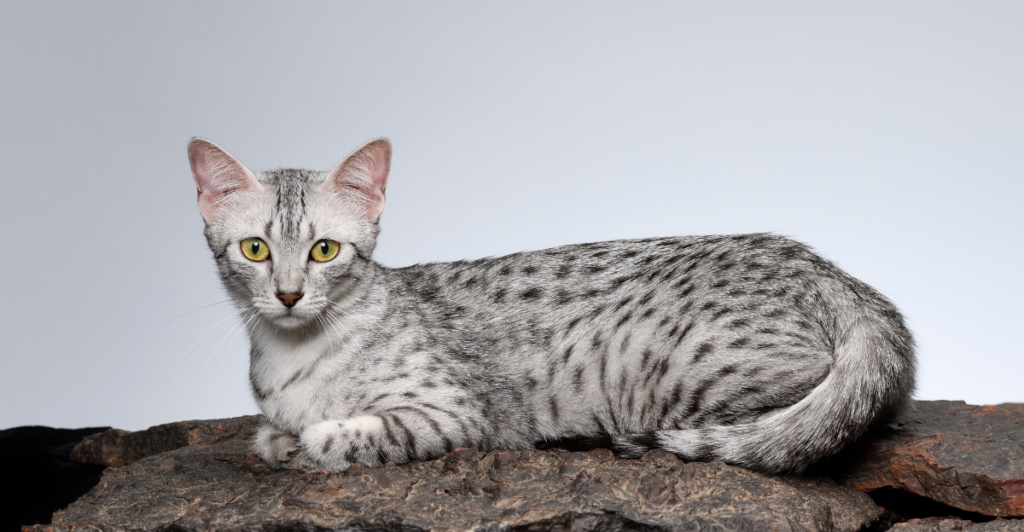
Egyptian Mau is a living relic of ancient Egypt when cats were revered and depicted in art and mythology. Renowned for its stunning spotted coat—the only naturally occurring spot pattern in the domestic cat—the Mau is a wondrous animal with remarkable speed (up to 30 miles per hour) and agility. Their big green eyes and distinctive “scarab beetle” forehead markings further enhance their exotic appearance.
While they possess a royal look, Egyptian Maus are famous for their affectionate and playful nature. They bond strongly with their human family. Their survival is often linked to their honored place in ancient societies and their excellent hunting ability, which saw them serve as effective pest control.
2. Siamese
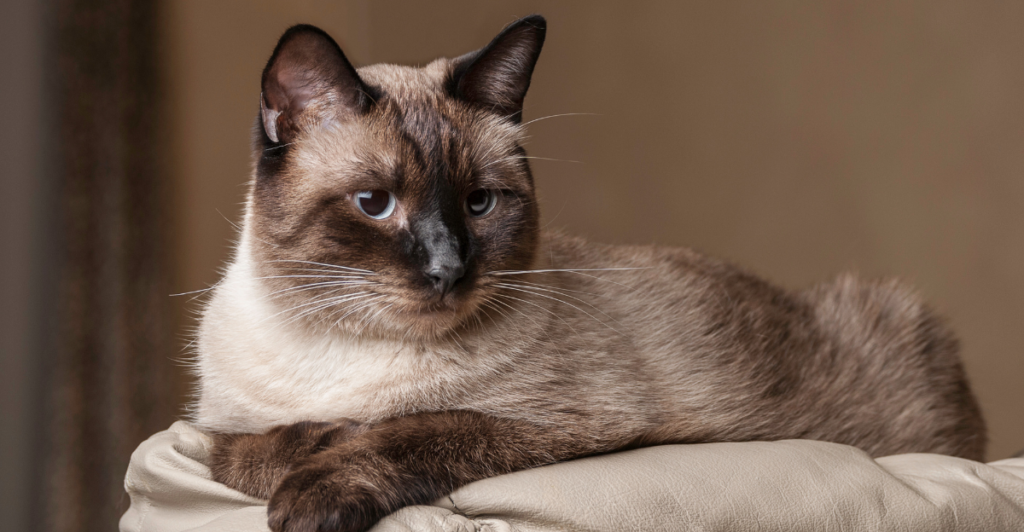
The Siamese cat hails from the ancient Siam kingdom, now Thailand, with a history tinged with royalty and spirituality. 14th-century manuscripts depicting cats physically similar to humans’ modern-day Siamese cousins have allowed us to trace their long history. With slender figures, dashing blue almond-shaped eyes, and colored points on the ears, face, paws, and tail, Siamese cats are as lovely as they are communicative.
With a characteristic “meezer” sound and affectionate nature, these cats are known to be agreeable companions. Their longevity throughout the centuries is also due to their hallowed status in Thai culture, whereby they were believed to have the spirits of deceased royalty within them, ensuring their continued survival through protection and breeding practices.
3. Persian
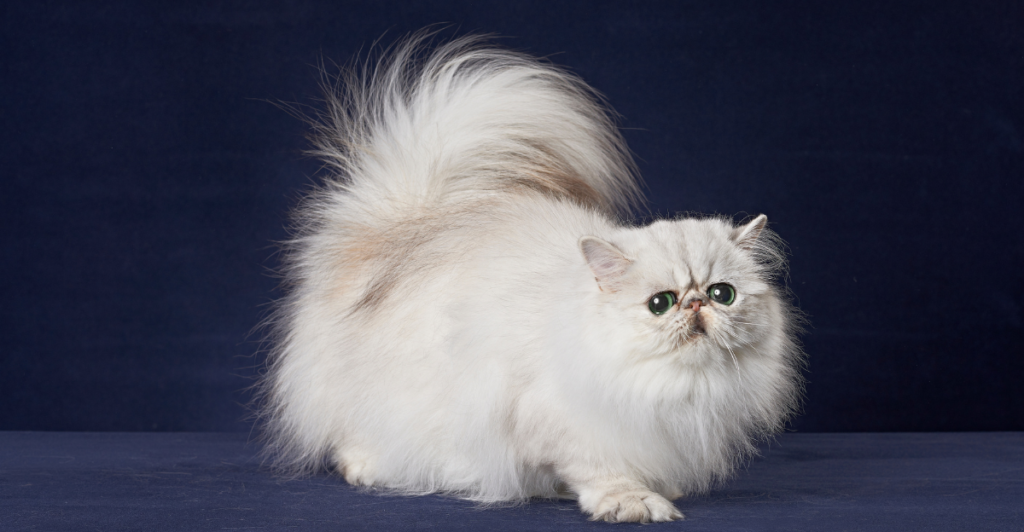
Persian cats, with their luxurious silky coat and even temperament, have long been the embodiment of elegance and opulence. Originating in Persia (modern Iran), these cats were introduced to Europe in the 1600s, where they quickly became popular in aristocratic and noble societies. They typically have a round face, short muzzle, and large expressive eyes giving them a serene, gentle appearance.
Persians boast a peaceful demeanor, with an aversion to chaotic environments, and require a gentle touch by their human family. Their enduring popularity is due to their unique appearance and adaptability, which have allowed them to remain popular pets in homes throughout history and the world.
4. Abyssinian
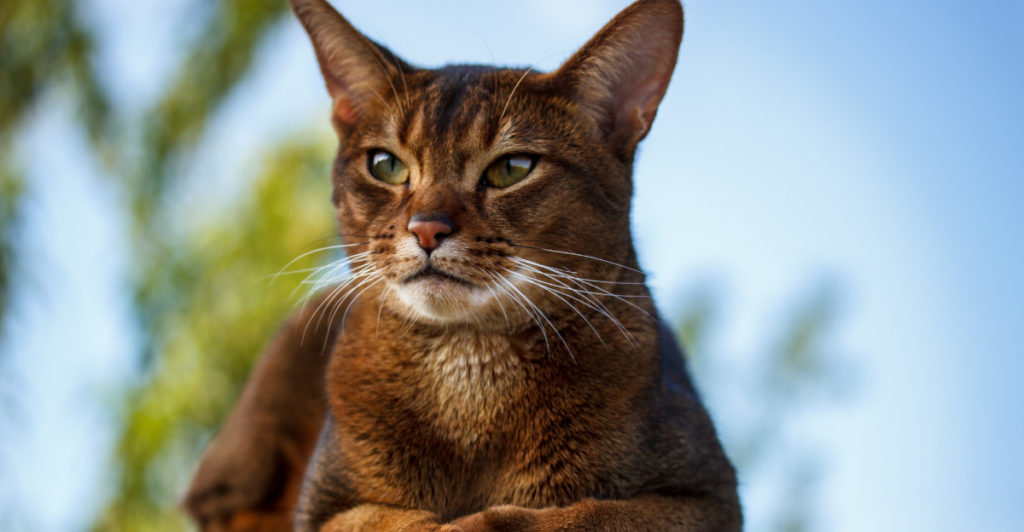
The Abyssinian cat, reputed to be among the oldest recognized breeds, is thought to resemble the sacred cats depicted in ancient Egyptian paintings. Despite its name, which suggests an Ethiopian origin, genetic studies indicate that the breed may have originated along the coast of the Indian Ocean and in parts of Southeast Asia.
The Abyssinian is characterized by its short, ticked coat with a warm, golden color and slender, muscular body. Their fur is “ticked”, meaning that each hair has alternating bands of light and dark colors. As highly active, playful, inquisitive, and curious creatures, they make for adventurous but loving pets. Their survival and population distribution bear witness to the versatility and popularity the breed has enjoyed among cat lovers over time.
5. Turkish Angora
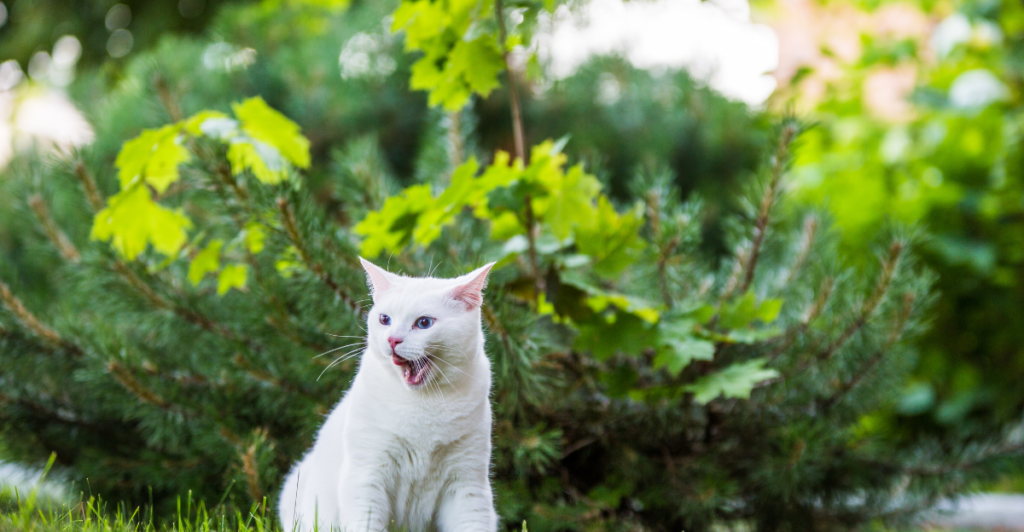
The Turkish Angora is an old breed from the Ankara province of Turkey, formerly known as Angora. They have been documented as far back as the 17th century and were prized for their silky, medium-to-long coat, fine bones, and noble nature. Though most commonly white in color, the Turkish Angora comes in other colors, such as red, black, calico, and silver.
This cat breed is often described as having a playful, witty, and doting personality. It fares particularly well in close proximity to humans. Its survival and preservation were difficult, but with the aid of the Ankara Zoo’s breeding program, which aimed to preserve pure-white Angoras with uniquely odd-hued eyes, they thrived.
6. Japanese Bobtail
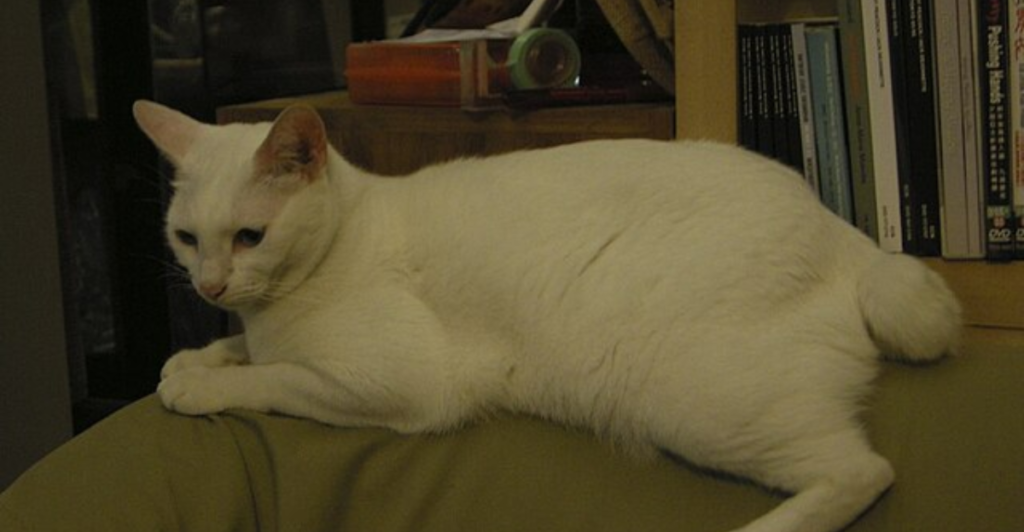
The Japanese Bobtail boasts a rich history in Japan, where it has been celebrated for centuries and is often depicted in traditional art and folklore. With its unmistakable “pom-pom” tail, which developed as a result of a spontaneous genetic mutation, the breed embodies the Japanese aesthetic of beauty and uniqueness. Japanese Bobtails are typically lean and muscular, with an elegant frame and a short or long coat.
Their coloration and patterns vary from solid colors to calico and tabby patterns in shades of red, white, and black. They are friendly, outgoing animals and are considered symbols of good luck in Japan. Their long survival is a testament to their cultural significance and the affection they have gained over centuries.
7. Chartreux
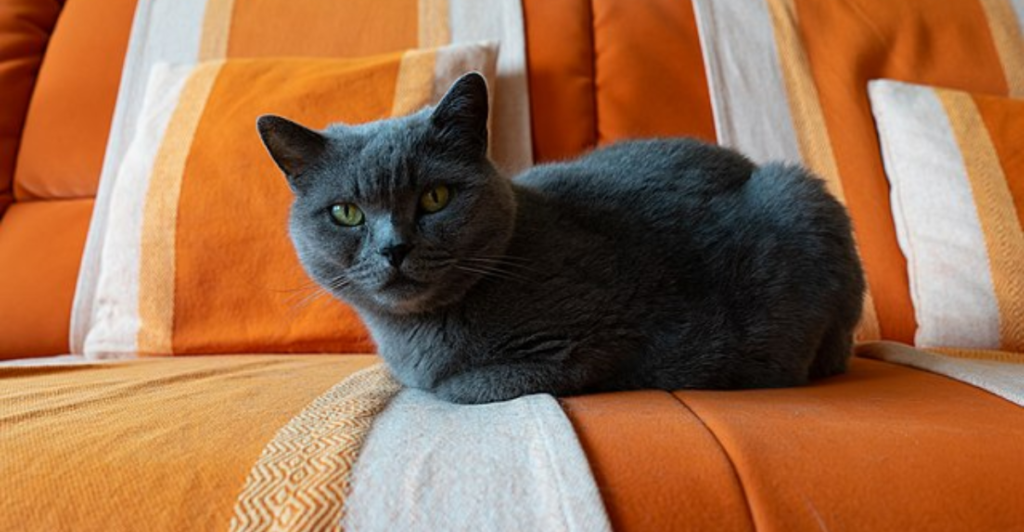
Chartreux is a very old and uncommon breed from France whose history is somewhat enigmatic. According to legend, Chartreux cats were the companions of Carthusian monks, who cherished their serene and peaceful nature and who seamlessly fitted them into the monastic order.
Chartreux cats have substantial frames, dense blue-gray coats, and captivating copper or gold eyes. They are not as strong as they appear but make up for it by being nimble and playful. They are known to have a calm, gentle nature. The breed survived through turbulent times, particularly post-World War II, and persistent breeding in France ensured their preservation.
8. Aegean Cat
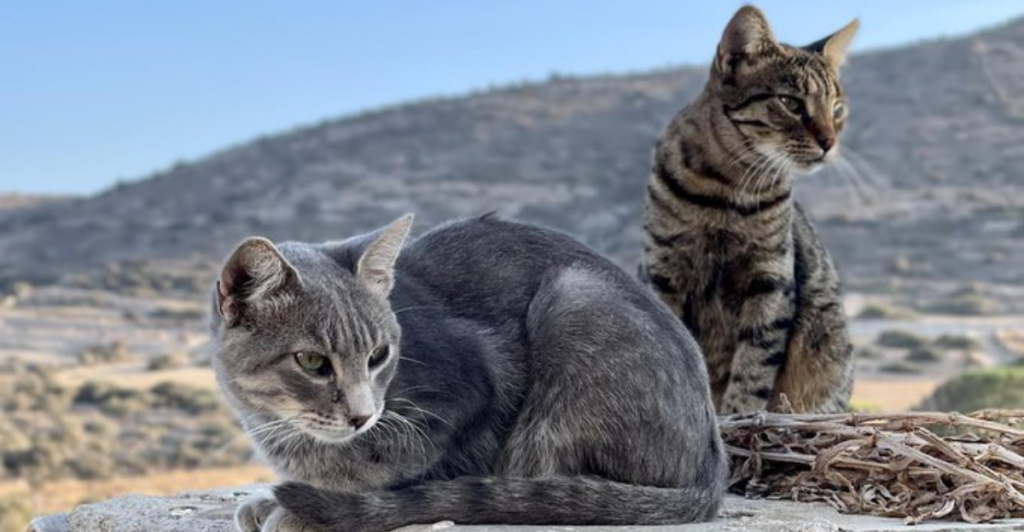
The Aegean cat is a naturally occurring breed from the Cycladic Islands of Greece and western Turkey, considered one of the oldest domesticated cat breeds. They evolved uninfluenced by humans and can be seen living happily in fishing villages along the harbors.
The Aegean cat is medium in size and features a semi-longhaired coat, most of which is white with bicolor or tricolor markings. They are social, friendly animals with strong hunting instincts. Their ongoing existence and survival are attributed to their effectiveness in rodent control and their adaptability, which has enabled them to thrive and maintain their relevance within human habitations.
Explore more of our trending stories and hit Follow to keep them coming to your feed!

Don’t miss out on more stories like this! Hit the Follow button at the top of this article to stay updated with the latest news. Share your thoughts in the comments—we’d love to hear from you!







